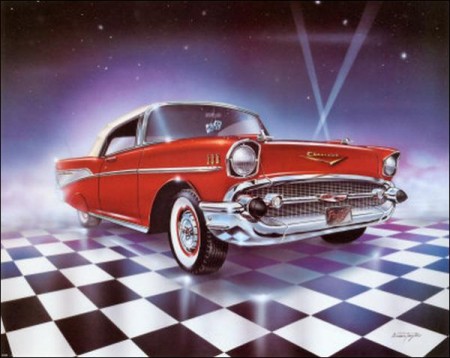Chevrolet Motor Co., was launched on Nov 3, 1911, in Detroit when Louis Chevrolet, a Swiss-born race car driver and engineer, joined ousted GM founder William “Billy” Durant to start a new brand.
Their first car was the stylish and speedy Series C “Classic Six.” It had a powerful six-cylinder engine at a time when most cars had only four. And it came with an electric starter and headlamps, which were a rarity. But at $2,150 ($50,000 today, when adjusted for inflation), it was out of reach for most people.
We saw the USA in them. We drove them to the levee. We even worked on our night moves in their back seats. For a century, Chevrolets won America’s love with their safety, convenience, style and speed — even if sometimes they were clunky, or had problems with rust or their rear suspensions.
Chevy, which lays claim to being the top-selling auto brand of all time, celebrates its 100th birthday on Thursday. For most of its life, Chevy stayed a fender ahead of the competition by bringing innovations like all-steel bodies, automatic shifting, electric headlamps and power steering to regular folks at a low cost.
Chevy also embedded itself in American culture, sometimes changing it by knowing what people wanted to drive before they did. Snappy jingles and slogans dominated radio and television, and bands mentioned Chevys in more than 700 songs. No other automotive brand has come close to the adoration that Chevy won from customers, especially in the 1950s and `60s.
“The American car from the mid-1930s to the end of the `60s was a Chevrolet,” said John Heitmann, an automotive history professor at the University of Dayton and author of a book about the automobile’s impact on American life. “It was the car of the aspiring American lower and middle classes for a long period.”
On the way to selling more than 204 million cars and trucks, Chevy invented the sport utility vehicle and an electric car with a generator on board to keep it going when the batteries die.
But it also helped ruin General Motors Co.’s reputation for many. In the 1970s, it began cranking out rust-prone, nondescript cars with gremlin-infested motors and transmissions. Now it’s in the midst of a comeback, selling better-quality vehicles as a global brand with 60 percent of its sales coming outside the United States.
Visits: 96



